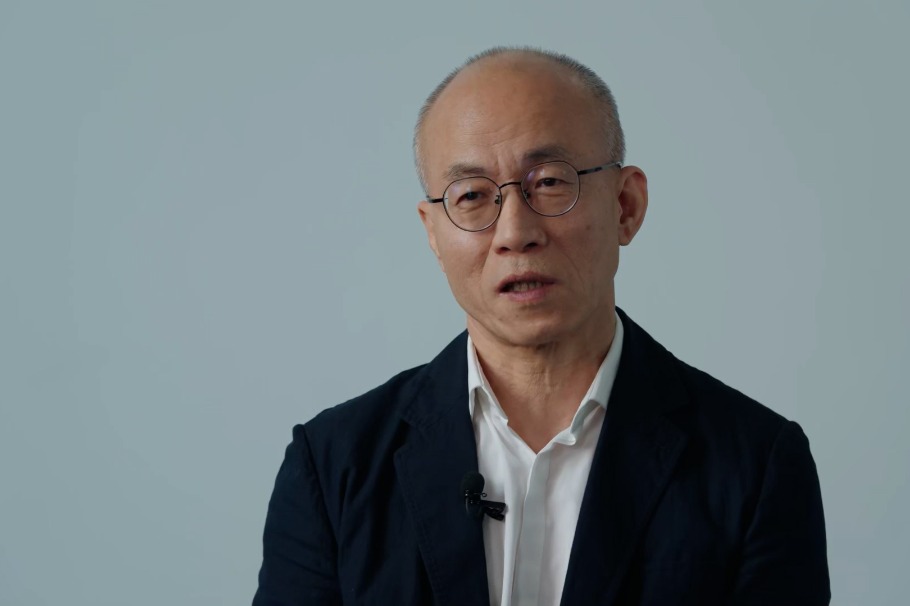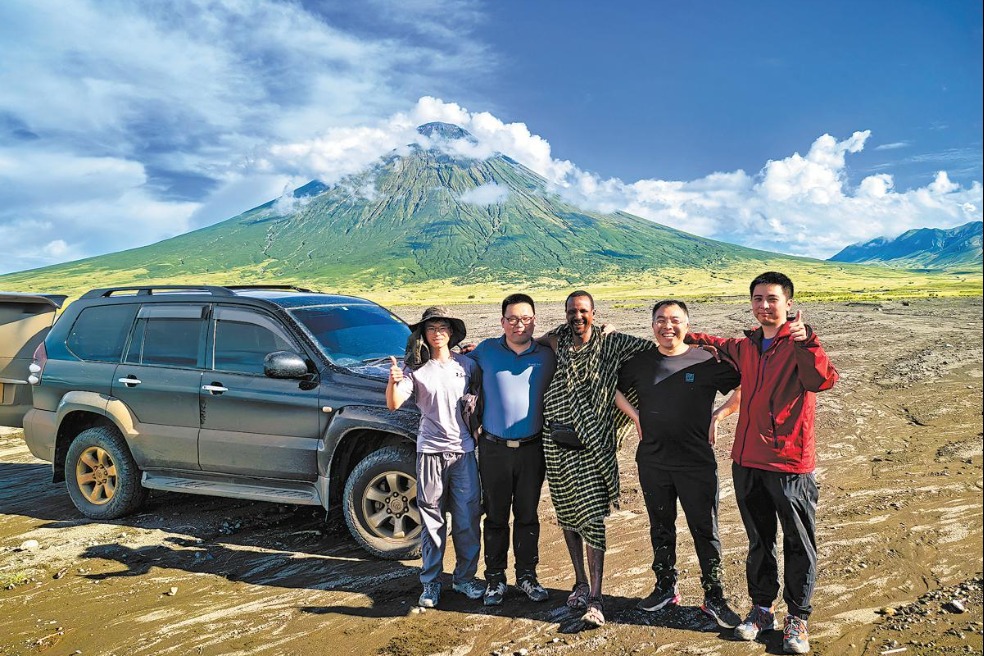China identifies new critical mineral deposits

China has made significant breakthroughs in mineral exploration over the past five years, a senior official has said.
Xu Dachun, vice-minister of natural resources, said at a State Council Information Office news conference on Wednesday that the Dadonggou gold mine in Liaoning province, which is estimated to hold almost 1,500 metric tons of gold, could be potentially ranked as another world-class gold mine alongside the existing one in Jiaodong, Shandong province.
New resource bases are emerging across China, including the phosphate-rich mines in Zhenxiong county, Yunnan province and the deep brine potash mines in Mangya city, Qinghai province.
"Lithium, a key resource for new energy vehicles, is found to be abundant in the 'Asian Lithium Belt', which spans 2,800 kilometers from east to west across Sichuan and Qinghai provinces and the Xizang and Xinjiang Uygur autonomous regions," Liu said.
"Along this significant rare metal mineralization belt, we have already identified several large and super-large lithium deposits."
Significant breakthroughs have also been made in uranium mining, he added, with two exceptionally large uranium deposits discovered in Jingchuan county, Gansu province, and Jiayin county, Heilongjiang province.
Over the past five years, China conducted an assessment of 163 identified mineral resource sites, uncovering 534 new medium and large oil, gas and mineral deposits. According to the ministry, 10 large oil fields and 19 large gas fields have been discovered.
The ministry says the substantial increase in oil and gas reserves has ensured a stable domestic oil production of 200 million tons and a natural gas output exceeding 240 billion cubic meters.
- Top court seeks to ensure quality of construction projects
- Shanghai Disney Resort reaches 100 million visitors
- Xinjiang's desert poplar forests shine with autumn tourism
- China's northernmost city welcomes first visitors with extended ski season
- Tianshan: A Story of Canals inspires youth to aid Xinjiang
- Seminar seeks to help developing countries modernize agriculture





































